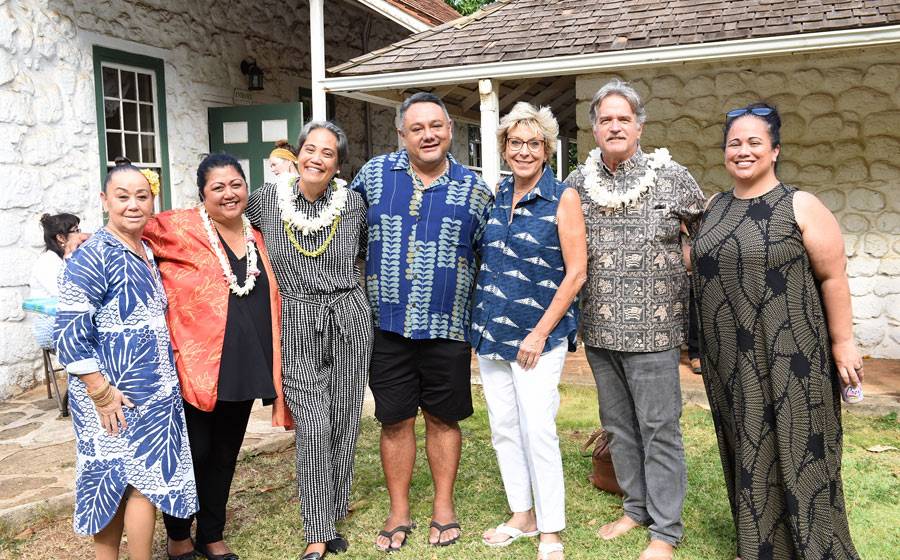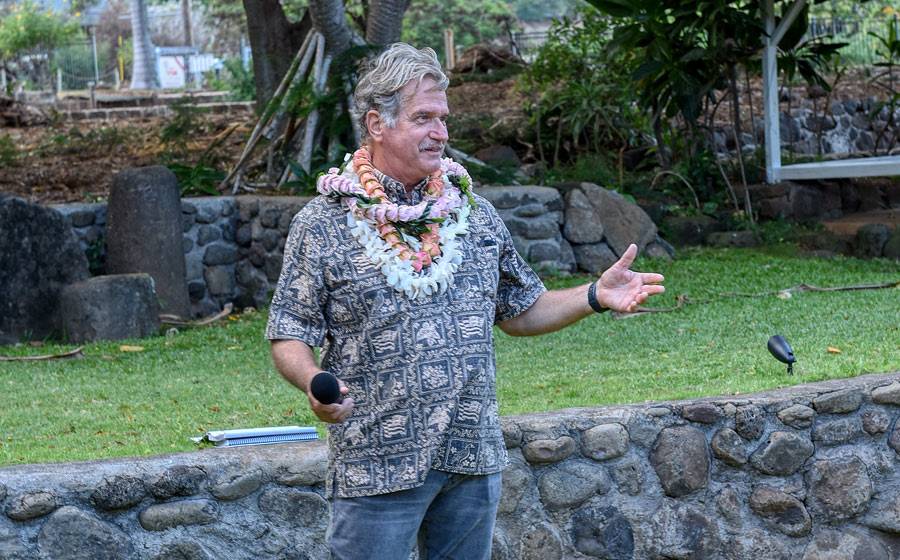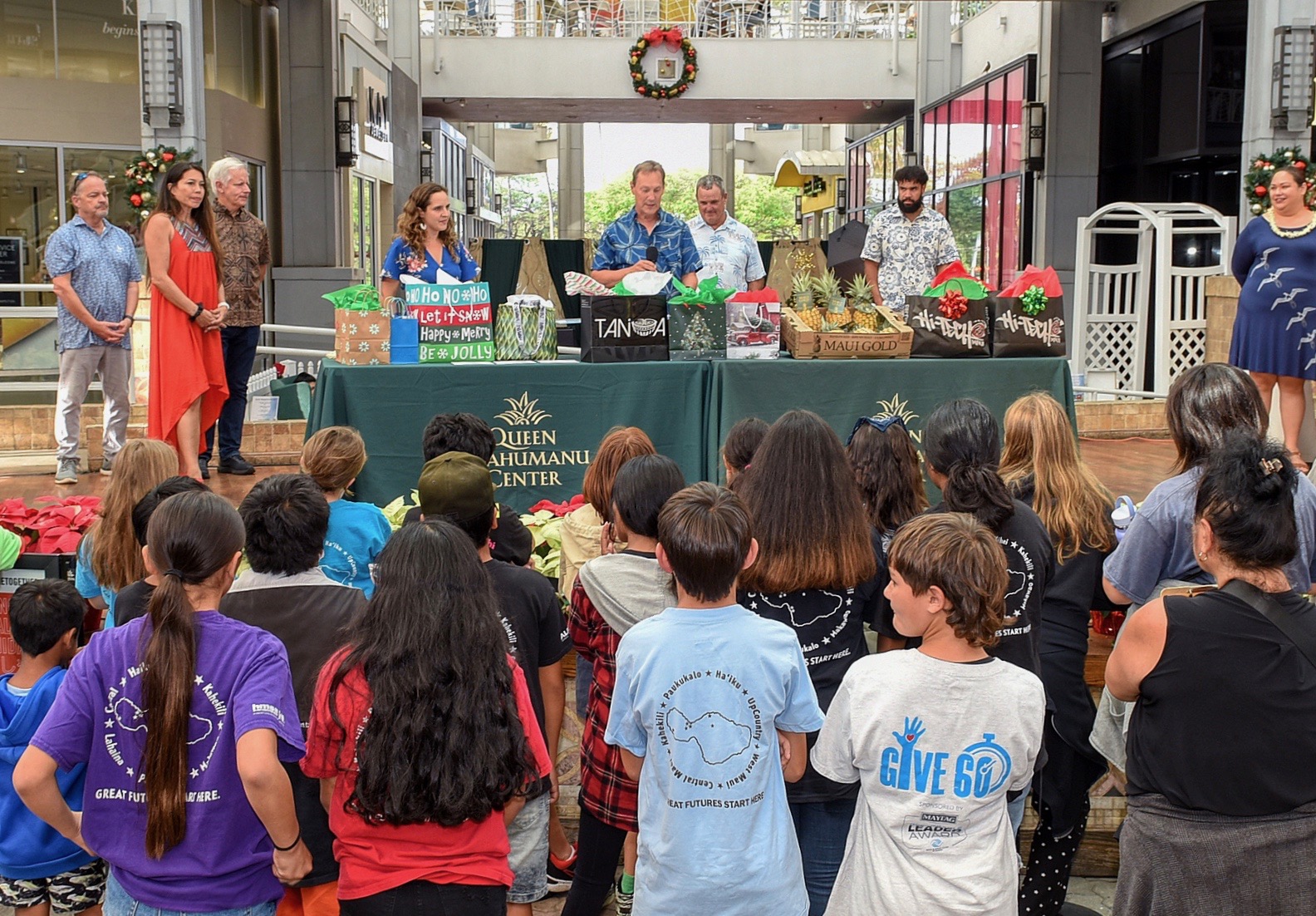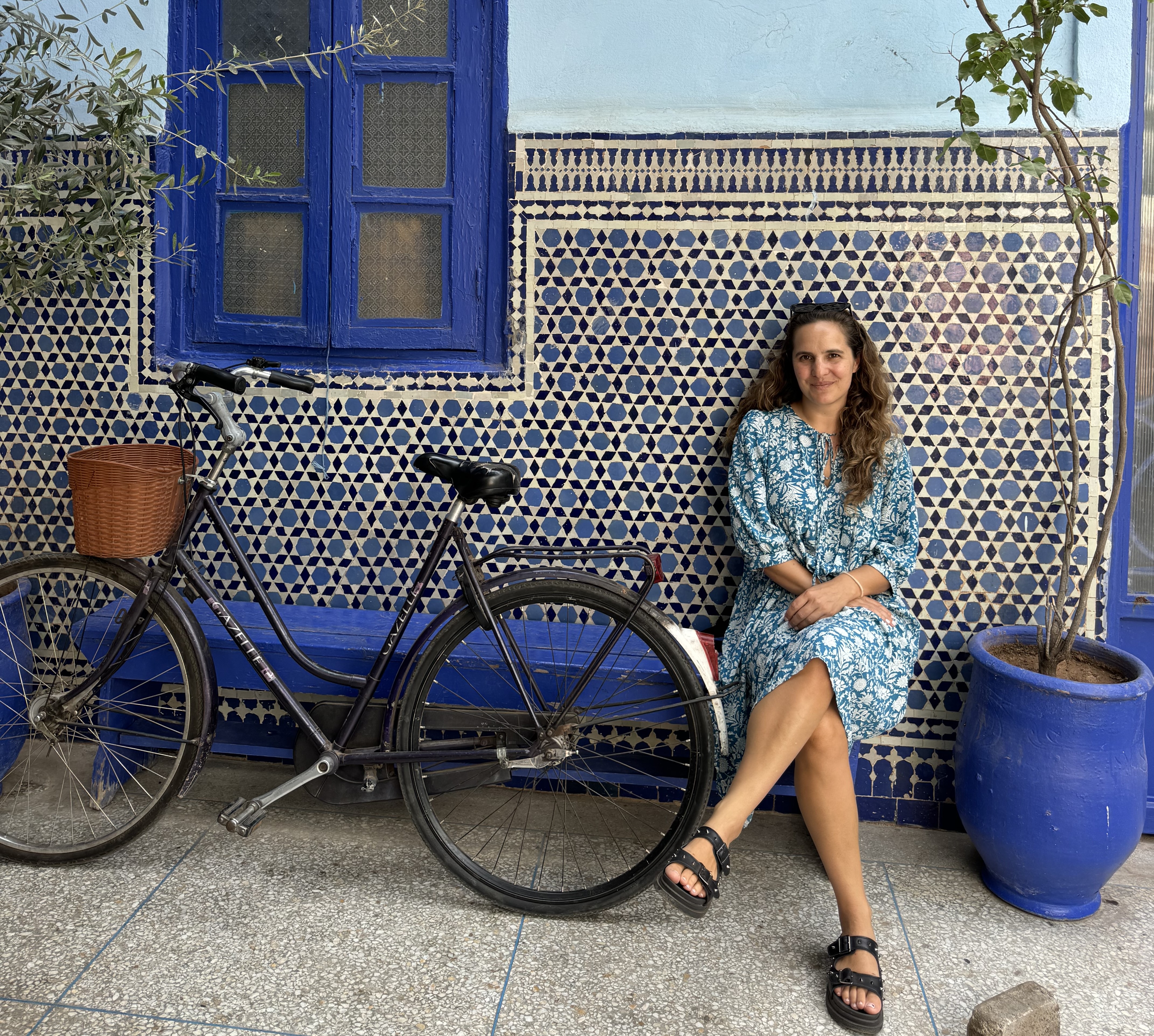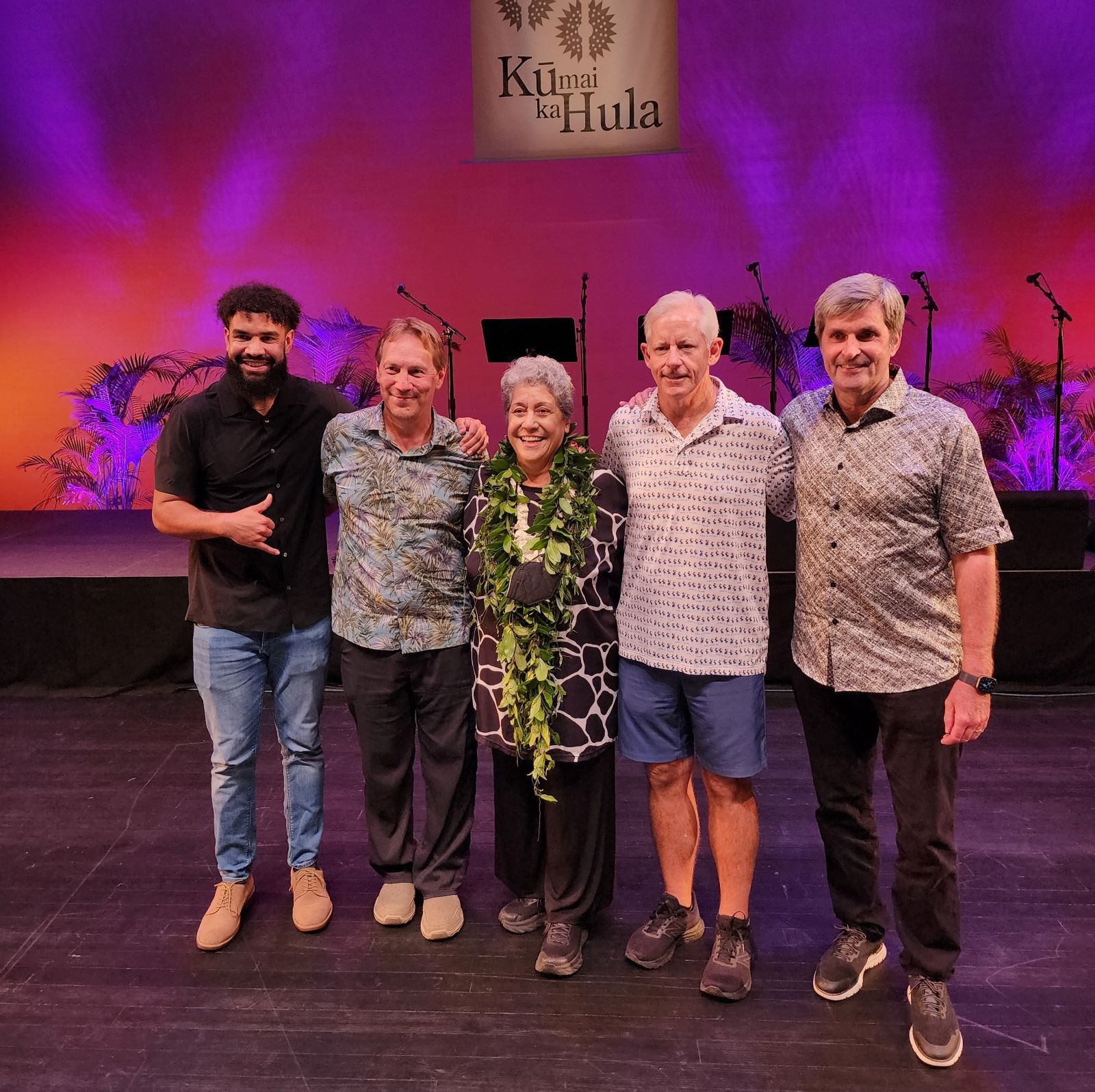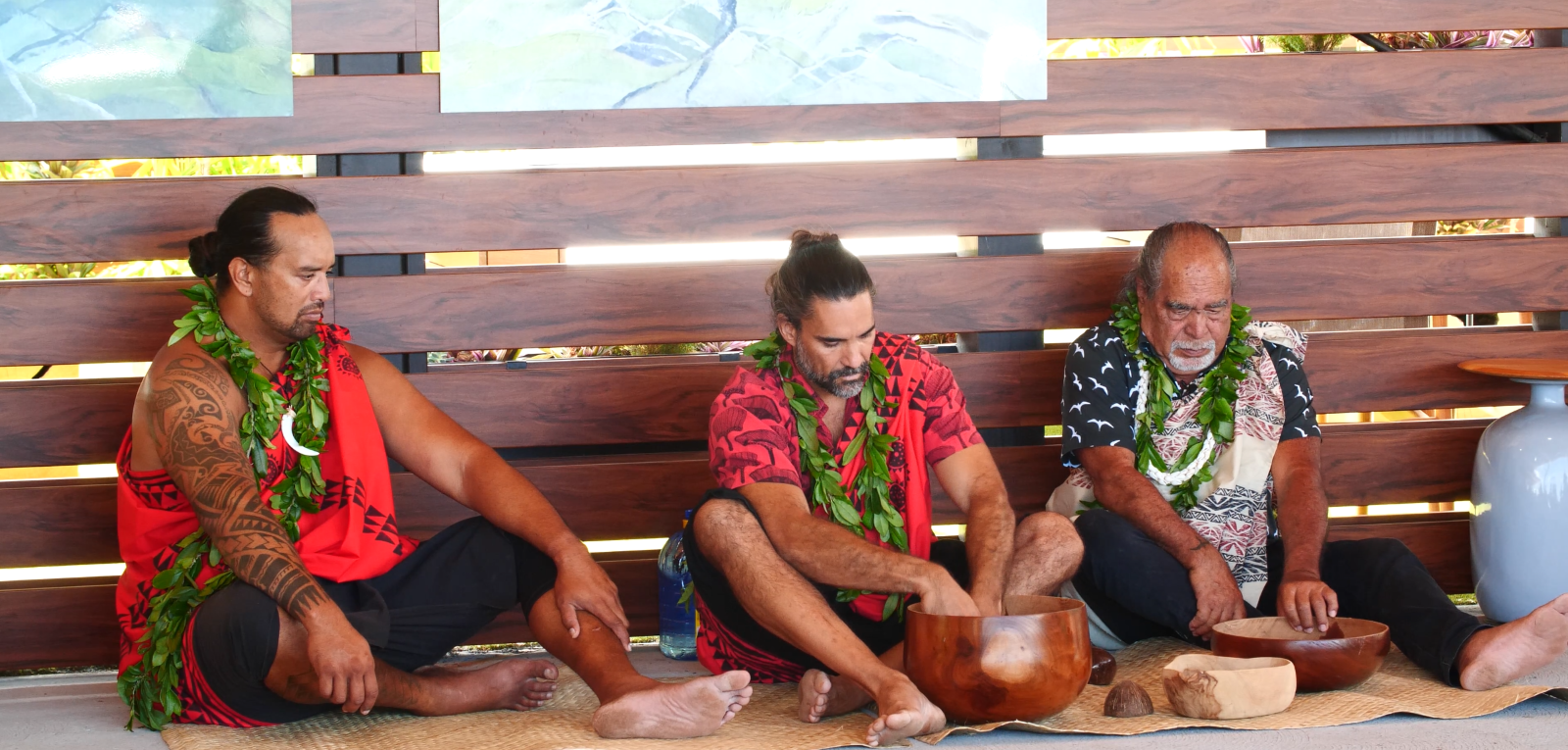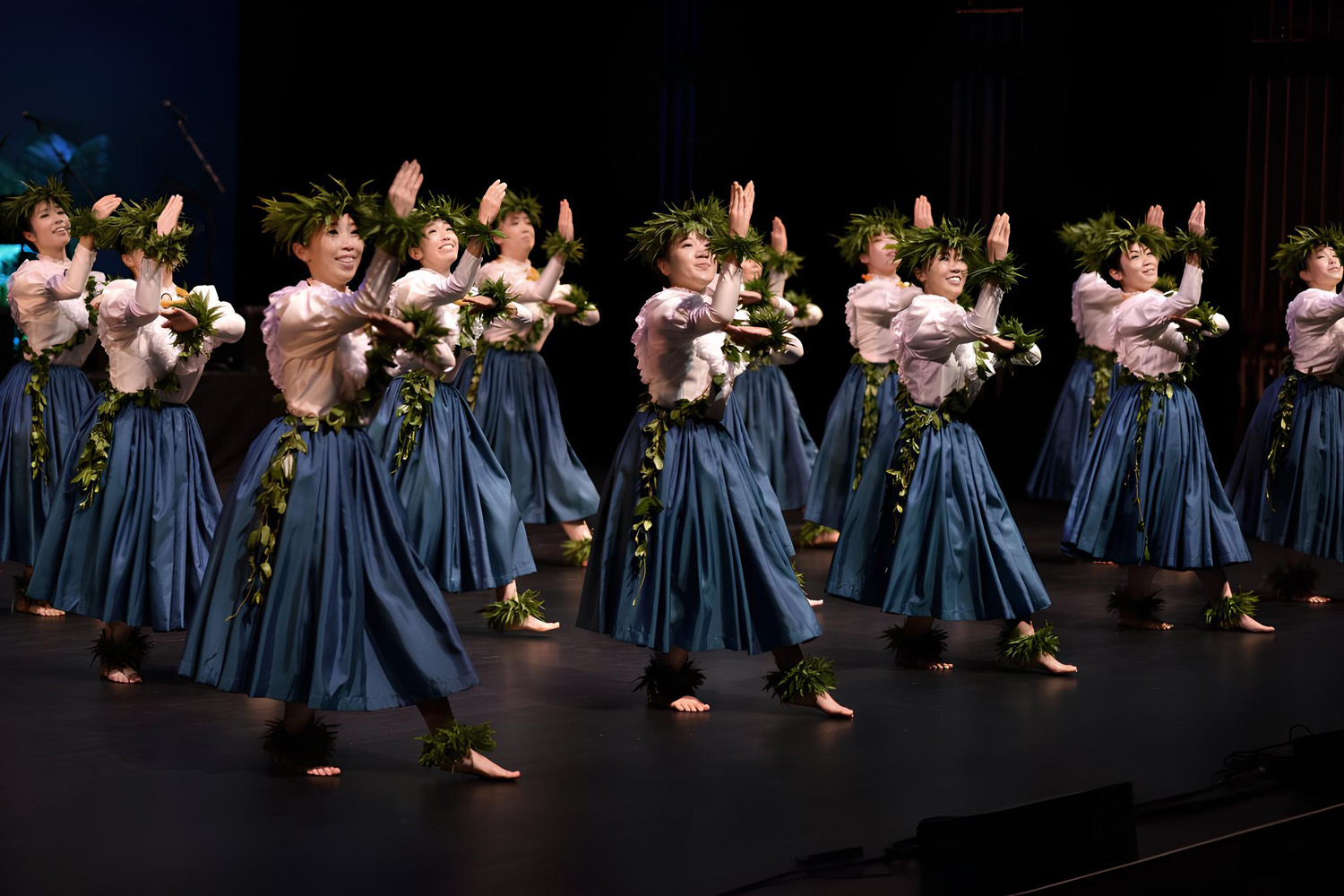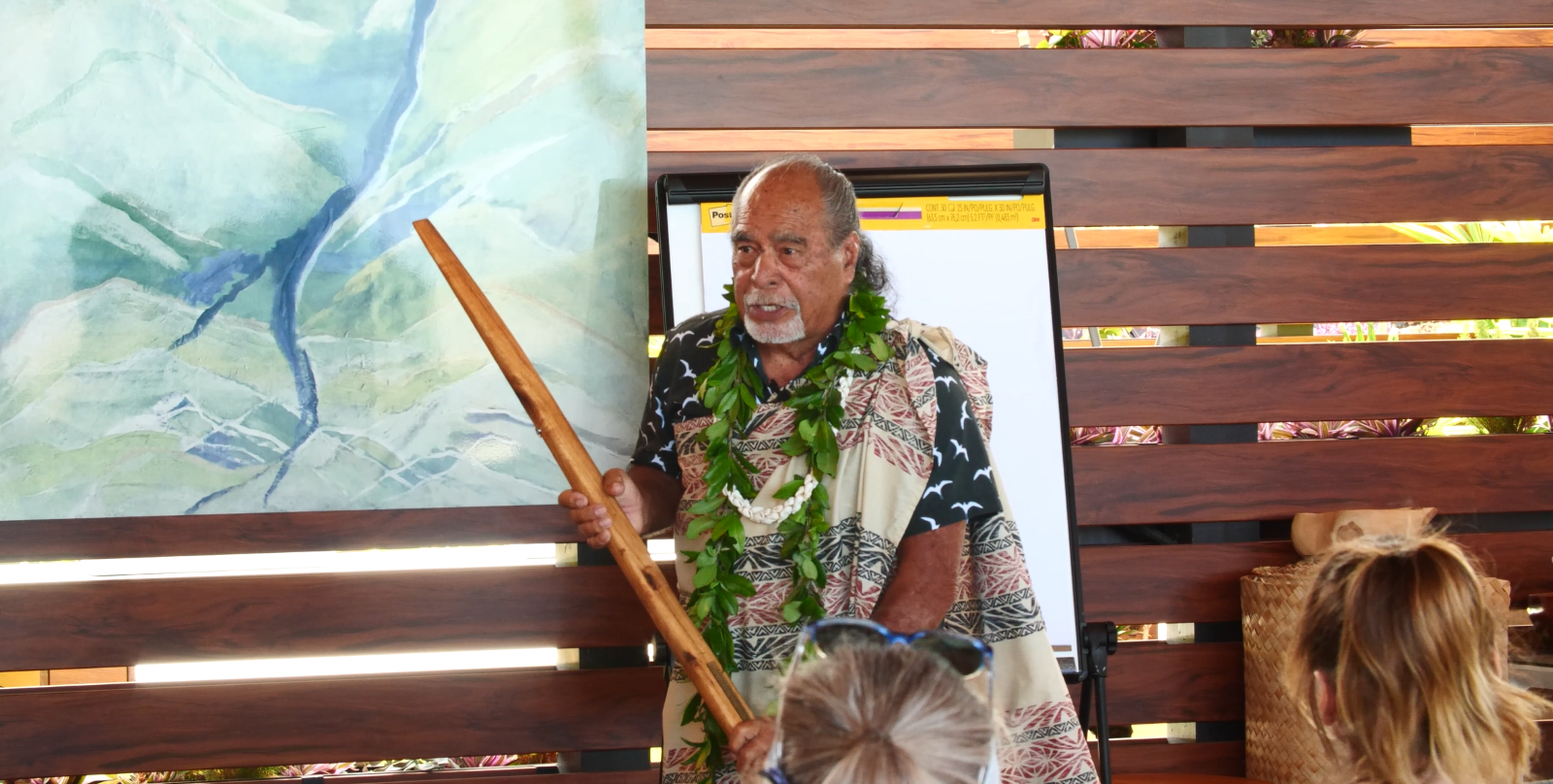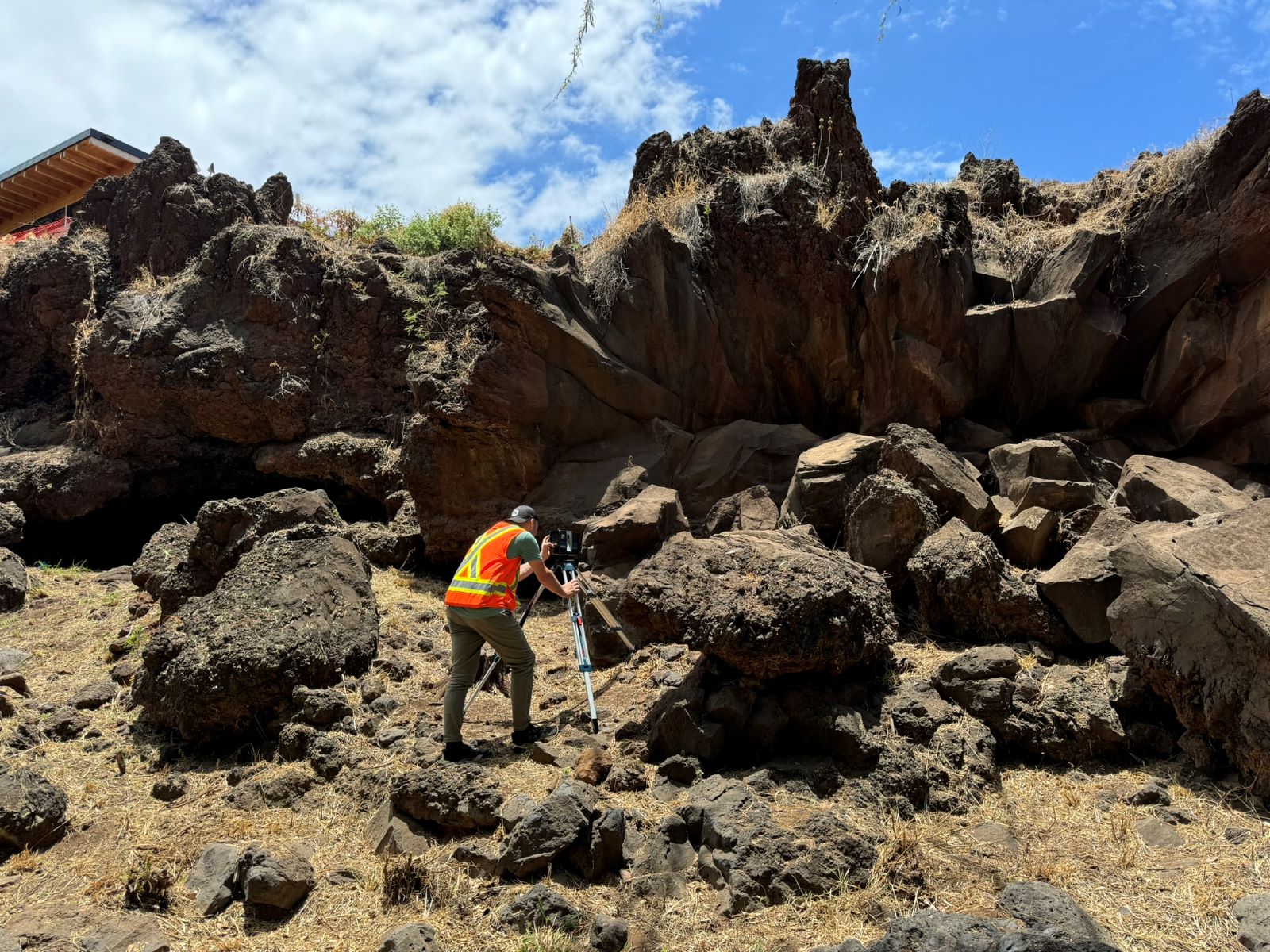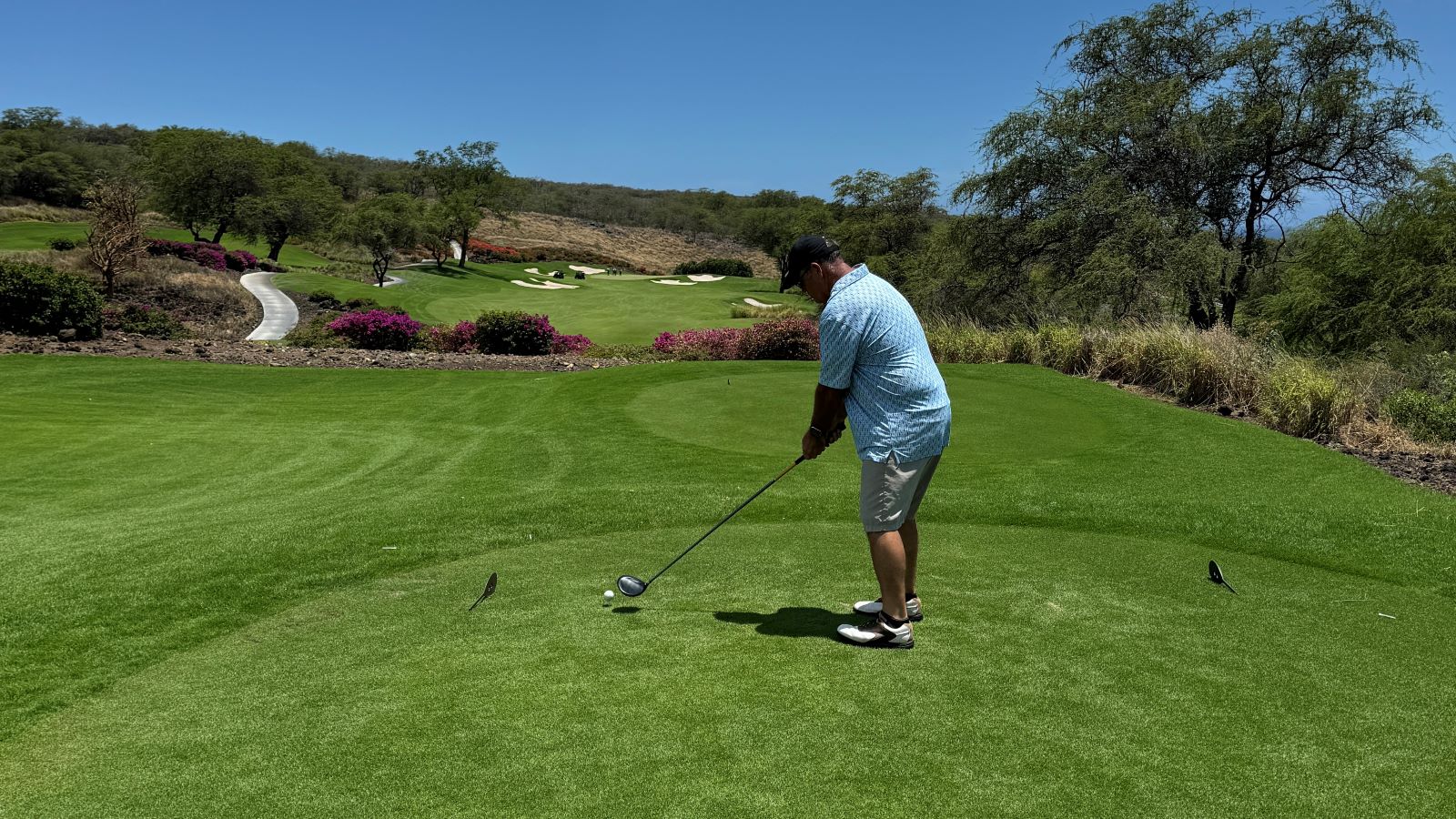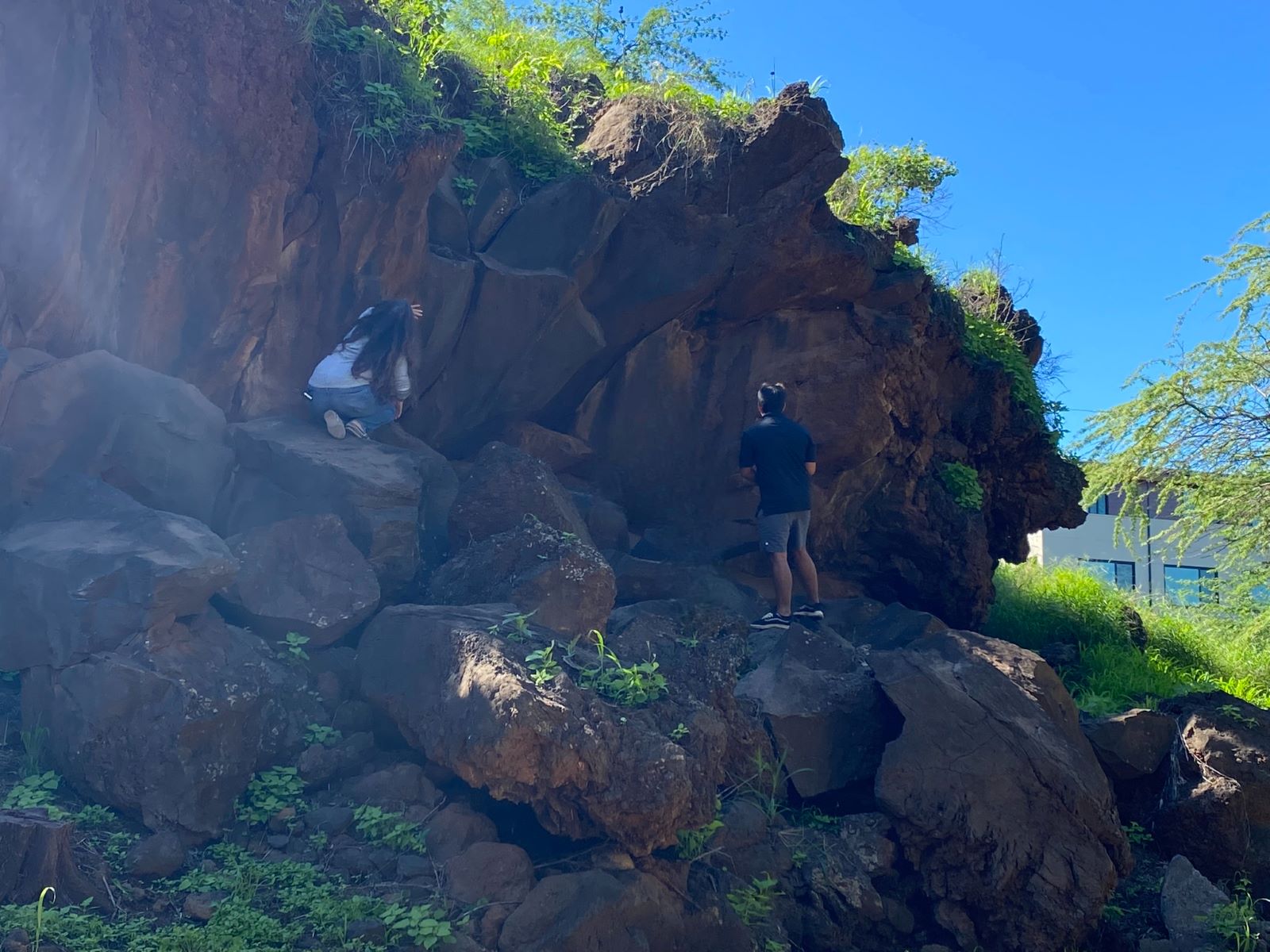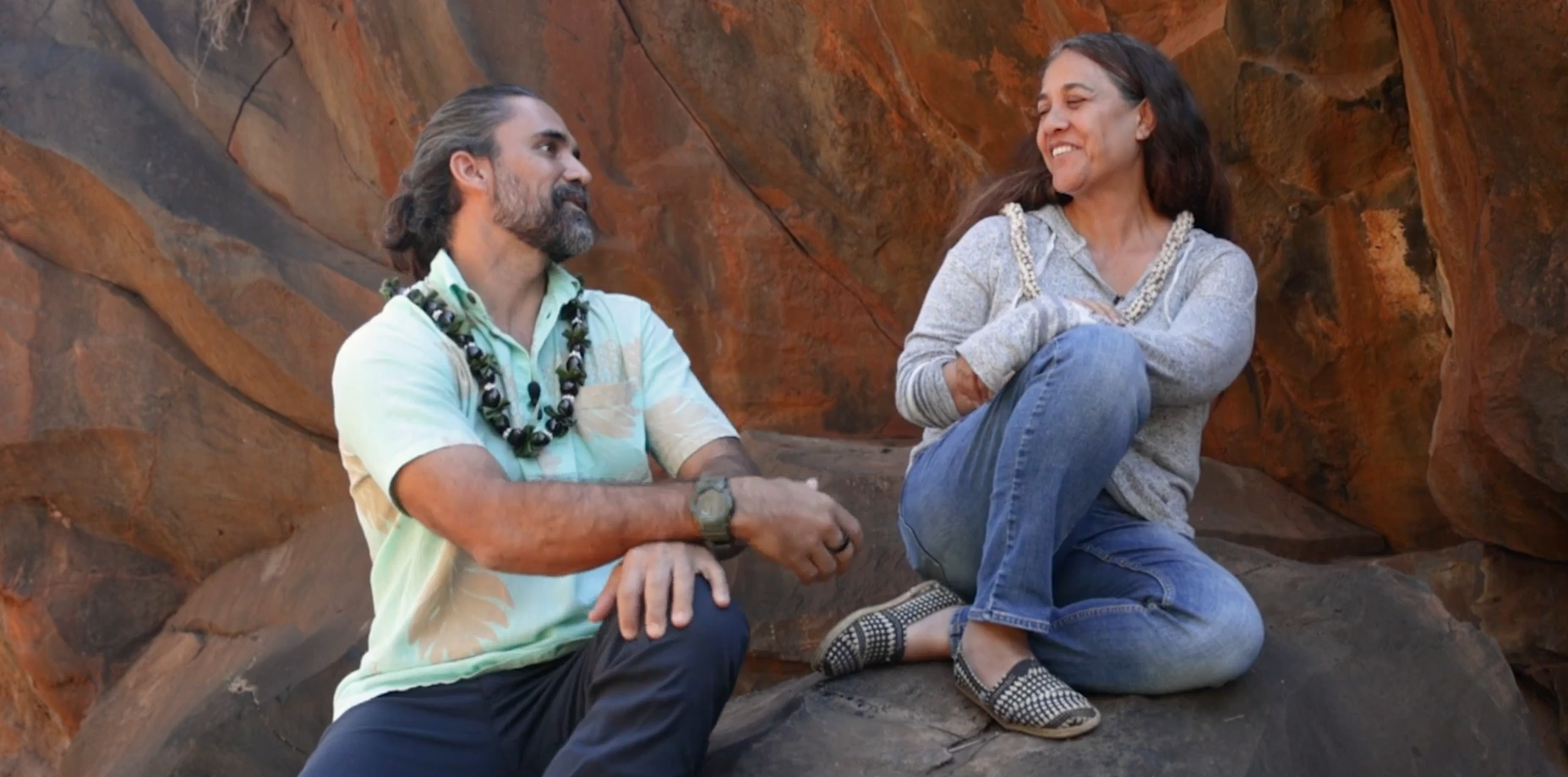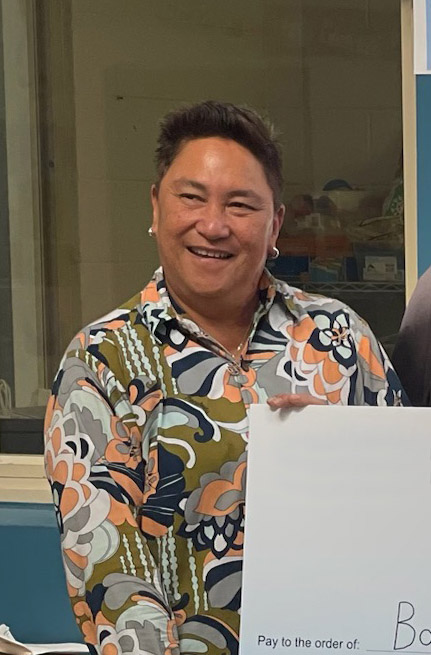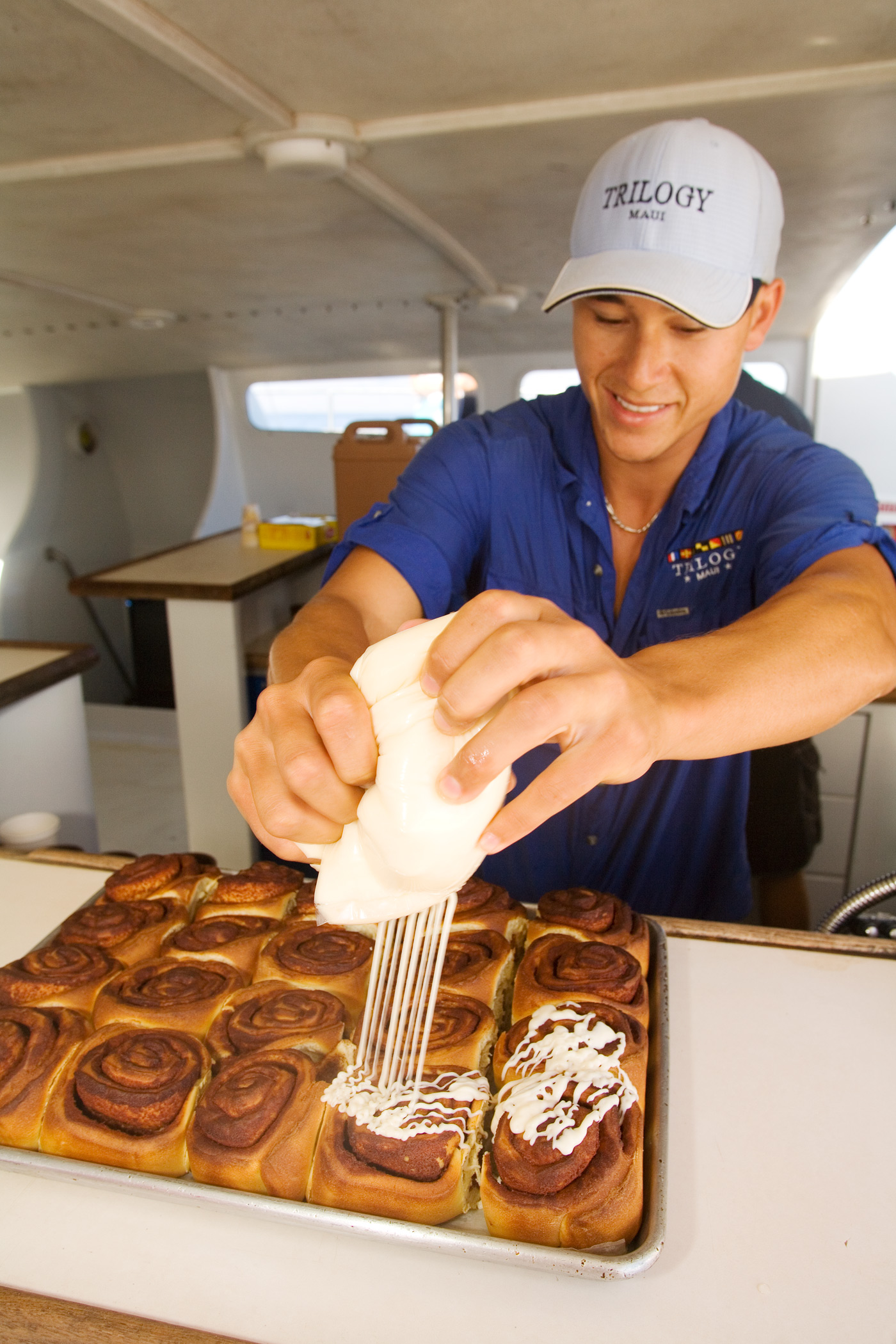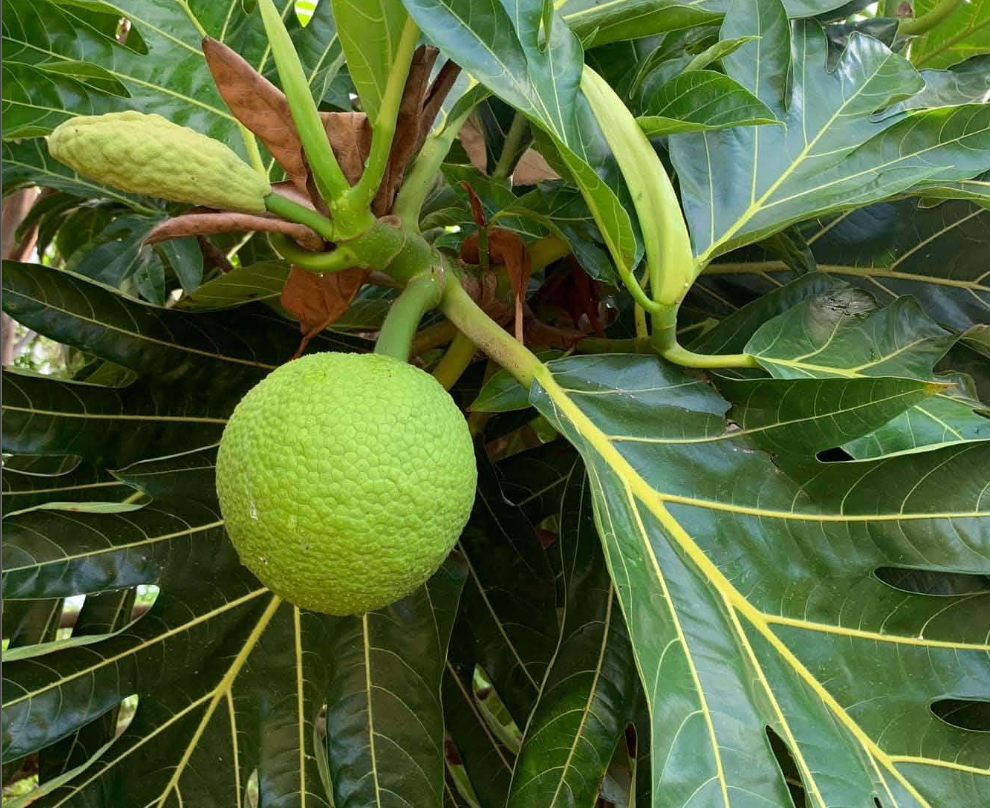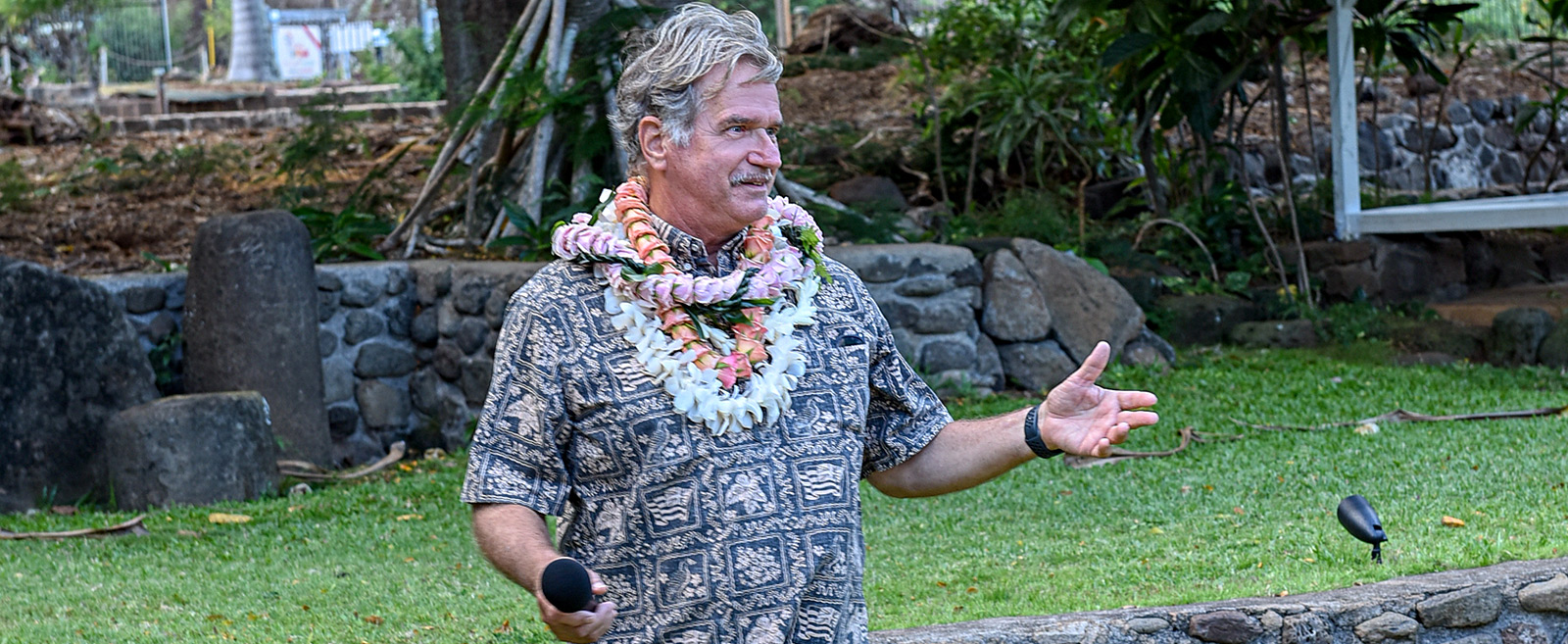
Kepā Maly: Giving voice to Hawai‘i’s land and people
In August 2022, Ledcor team members were fortunate to host a visit and talk story event with Kepā Maly at Hale Hōʻikeʻike (Bailey House Museum). A renowned cultural historian and resource specialist, Kepā shared his mana‘o with Ledcor staff, kūmu hula, kūmu (educators), cultural practitioners, and board and members of Hale Hōʻikeʻike.
Kepā came to Maui at the suggestion of Archaeologist Tanya Lee-Greig and Cultural Assessment Lead Trisha Kēhaulani Watson, who invited Kepā to work with apprentices and interns from ‘Āina Archaeology on a Ledcor development site in Wailea. Tanya and Kēhau wanted the students to meet Kepā and learn from him, especially regarding his approach to field research and interview skills. Kepā emphasizes the importance of listening to kūpuna, encouraging them to share how they lived and what they know, and then using their words to document the places, people and history of Hawai‘i.
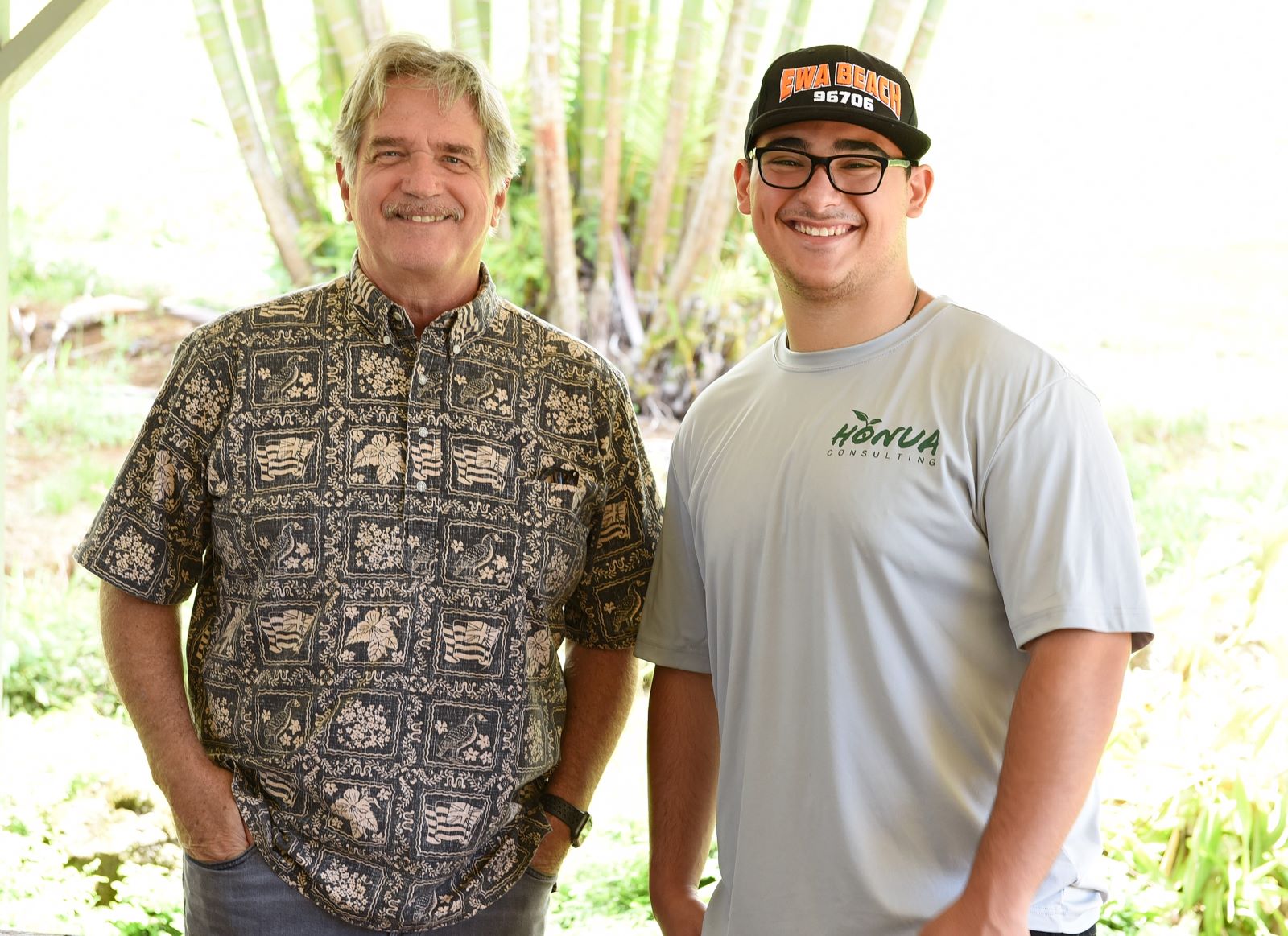
“As someone nurtured by kūpuna and classically graduated as a kumu hula, Kepā’s approach to data and reporting is truly outstanding because it is firmly rooted in traditional culture and values,” said kumu hula, entertainer, artisan, and author Pueo Pata, who attended the event. “His fluency in written, colloquial and standard forms of Hawaiian language means he is not limited to English-only texts or sources. Perhaps most invaluable is how he smoothly articulates his findings in ways that enrich readers ultimately for the benefit of all society.”
Kepā was raised on Lānaʻi by Native Hawaiian kūpuna who took the young boy into their home and taught him in the old ways. Kepā grew up understanding the importance of the islands’ culture and history, but he also saw how quickly it could be lost without adequate documentation. With the goal of “giving voice to the land, traditions and people of Hawai‘i,” Kepā and his wife Onaona have been working together on historical and ethnographic studies for more than 45 years, founding Kumu Pono Associates LLC in 1995.
Onaona is the granddaughter of renowned Hawaiian scholar Mary Kawena Pukui, and is descended from families with ancestral ties to Hawai‘i, Maui, Lāna‘i, Moloka‘i, O‘ahu and Kaua‘i. She assists Kepā with historical research, transcribes recordings of oral history interviews, and manages project development.

“We believe that ‘ike kūpuna (traditional knowledge) empowers Hawaiian communities and island residents,” Kepā stated. “When we understand the honua ola (biocultural landscape) and the history of our island home, we are better prepared to make wise decisions in preservation, education and land use.”
In 1975, Kepā participated in an ‘ūniki under Kumu Hula Ma‘iki Aiu Lake, and graduated formally as a kumu hula. He is a master of ‘ōlelo makuahine (Hawaiian language), mele (song) and oli (chant)—yet, he still considers himself a student, always learning from those who came before, not only in culture and tradition, but in land and ocean management practices, ethnobotany and more.
In 2006, the Malys were asked to come home to Lāna‘i to help the community create a museum and archive, leading to the formation of the Lāna‘i Culture & Heritage Center (www.lanaichc.org). For the next decade, Kepā also served as executive director of the Hoakalei Cultural Foundation, implementing kūpuna vision for preservation plans, interpretation and educational programs (www.hoakaleifoundation.org).
In 2013, Kepā accepted the position of senior vice president-culture and historic preservation under the new ownership company with Pūlama Lāna‘i. For five years, he oversaw management of nearly 90,000 acres of Lāna‘i in developing award-winning cultural literacy and resource management programs. Onaona continued working on Kumu Pono research and archival projects, and managed the Lāna‘i Culture & Heritage Center website.
Kepā and Onaona returned to Hawai‘i Island in 2018 and have since furthered their work on Lāna‘i projects and conducting ethnographic studies across the islands.
“Our shared kuleana (responsibility) is to be good stewards of the inheritance which we pass on to future generations,” Kepā stated.
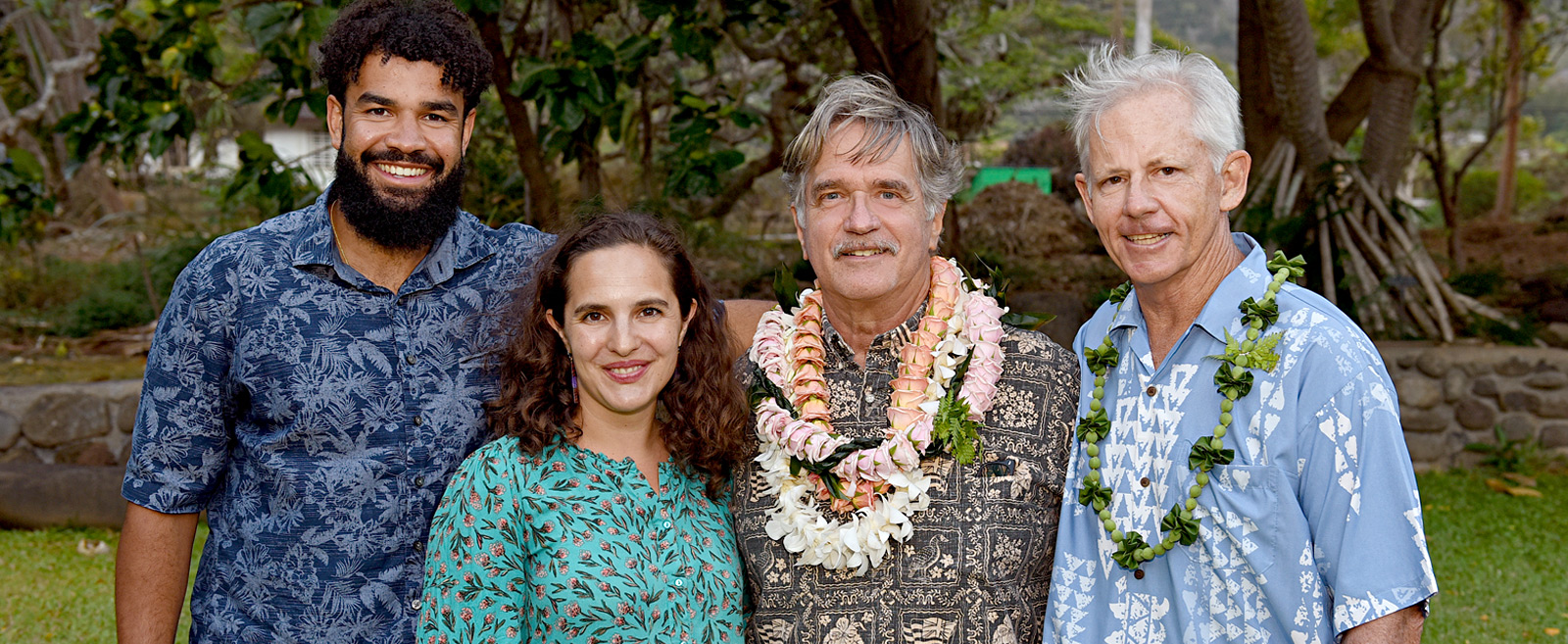
After attending the August event at Hale Hōʻikeʻike, Hawaiian Culture Based Education Coordinator at Kamehameha Schools Maui Ekela Kaniauʻpio Crozier gave her thanks for the event in ‘ōlelo makuahine.
“Mahalo ʻia nā moʻolelo i haʻi ʻia no nā wahi pana o Maui nei. ʻO ia nō nā momi i waiho ʻia no kākou e nā kūpuna. (Thankful for the stories told of the noted locations of Maui. That was the momi (pearl or jewel) left to us by the kūpuna.)” For Pōmaikaʻi Crozier, conservation manager of Puʻu Kukui Watershed, the thousands of stories that the Malys have gathered from kūpuna over the years are treasures of Hawaiian heritage.
“Pā ka naʻau ke lohe ʻia nā manaʻo waiwai a me nā moʻolelo kupanaha o nā kūpuna. Pēlā nō e ʻike ʻia ai ke ala i waele mua ʻia e lākou. (My feelings were touched listening to the rich thoughts and special stories of the kūpuna. That’s how we see the path they cleared for us.)”
Kepā and Onaona Maly share the stories and research freely through their Kumu Pono website (www.kumupono.com),reflecting decades of work done in communities across the islands.
Maui Historical Society and Hale Hōʻikeʻike executive director Sissy Lake-Farm called Kepā “an incredible resource and truly a gem of our Hawaiian community.” “It is important to be able to have ‘talk story’ sessions at our Hale Hōʻikeʻike and to continue beautiful collaboration between entities like Kēhaulani Watson mā, Tanya Lee-Greig mā, and Charlene Ka‘uhane. Providing these sessions of ‘Ike Hawai‘i helps to continue the stories of our kūpuna to live and be shared.”
David Goode, Ledcor director of development, addressed the group on behalf of Ledcor following Kepā’s presentation. “There are stories in the land and from the people of the land that inform us on how best to proceed today and in the future,” David said. “We should always remember to listen to and learn from these stories.”
